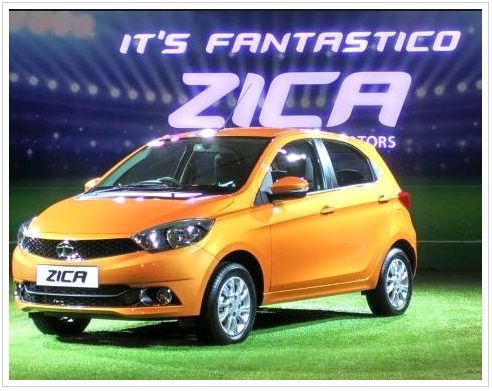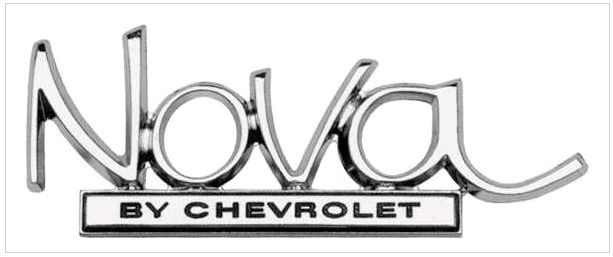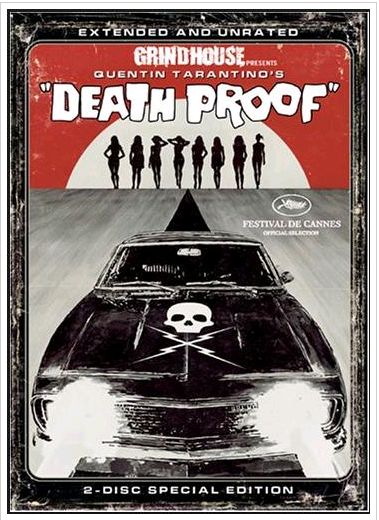Have you ever looked at a product and thought, "what an awful name"? If you did, I bet you did not buy that product. A good name for your business or product is essential to success. The recipe for finding this golden nugget involves equal parts creativity and research. On the creative side, you have to have a mark that distinguishes you from your competitors. Brands that merely describe the kind of business you are, your location, or what you do are generally too descriptive to be protected. The more descriptive a name is, the greater the chance that the same or similar description is being used elsewhere by a competitor. Choose a memorable, distinctive name, and leave the description to your byline or website. If you invest in creativity, you'll end up with a much stronger brand and greater ability to distinguish yourself in online search results. Then, do your research and make sure your chosen name does not have an unfortunate translation or negative connotation.
For example, you might not want to name your product after a term that is associated with a global disease. [Sorry, if I dashed your hopes of naming your new widget EBOLA.] Tata Motors, the largest automobile company in India, announced early this year plans to launch a new car called ZICA. They reportedly chose the name ZICA as a short form for the phrase "zippy car." They failed to associate ZICA with the global spread of the Zika virus. Despite the investment already made in commercials featuring prominent professional sports figures, Tata Motors scrambled to change gears and renamed the car.

Here are three steps you should take to avoid this problem and find a strong, protectable trademark:
- Conduct a Trademark Clearance Search
Start with a trademark clearance search to make sure that your brand is not already taken. You can conduct the first wave yourself through Google or other online search. If the mark looks clear, an experienced trademark attorney can assist you with a more thorough search, including sources from federal registrations, state trademark registrations, trade publications, online resources, and other databases. Prior use of a similar mark for related goods or services – even if not registered – can create superior rights to a mark and present a risk of infringement to your company.
- Ensure Availability as a Domain Name & Business Name
You should also confirm whether the mark you want to use is available as a domain name and business name. In this regard, make sure you are notably different than other URL's or business names in your state. Be aware that business names and domain names can be registered with even one character differences. If you have a business name registered and the URL, you could still be infringing another person's registered trademark. They are different animals. The fact that a name can be registered, however, is not a confirmation that it should be used. Most state business filing offices and domain name registries to NOT perform a trademark search or make any determination of whether a trademark is appropriate. Therefore, for best clearance results, you have to look at both. You also don't want to spend money on a trademark registration only to find out that some yahoo has the domain you want and is suddenly willing to sell it for $50,000.
- Pass the Smell Test
Finally, make sure your mark doesn't stink because it has another unfortunate meaning or connotation you don't want associated with your brand. Translate your name into other common languages, and make sure your mark is not going to be associated with something negative in your current market and your likely expansion market.

Chevy is reported to have flopped in Latin America with its NOVA because "no va" can be translated in Spanish to mean "it doesn't go." Luckily for Chevy, this is an urban myth. They actually had reasonable sales in Latin America. The single word "Nova" has other meanings and connotations and is not immediately translated into the two-word phrase "no go". The myth does highlight translation risks which should be considered when picking a mark. For you millennials, Chevy Nova's were sold during the 1960's through the 1980's before you were born. The Nova has made multiple appearances in movies and TV series, and is even rated by IFC as one of The Ten Coolest Cars in Movie History for its appearance in the action-horror movie Death Proof (2007) directed by Quentin Tarantino.

The Zika virus has been associated with other horrors, and many consumers could associate the new ZICA car with those negative connotations in vast contrast to the positive messaging of the ZICA "It's Fantastico" advertising campaign. Tata Motors announced the new name of the ZICA car will be TIAGO –a masculine first name of Portuguese origin that translates to "James" in English.
The lawyers at Trademarkology provide trademark registration services backed by the experience and service of one of the nation's oldest law firms. Click here to begin the process of protecting your brand name with a federally registered trademark.
The content of this article is intended to provide a general guide to the subject matter. Specialist advice should be sought about your specific circumstances.
